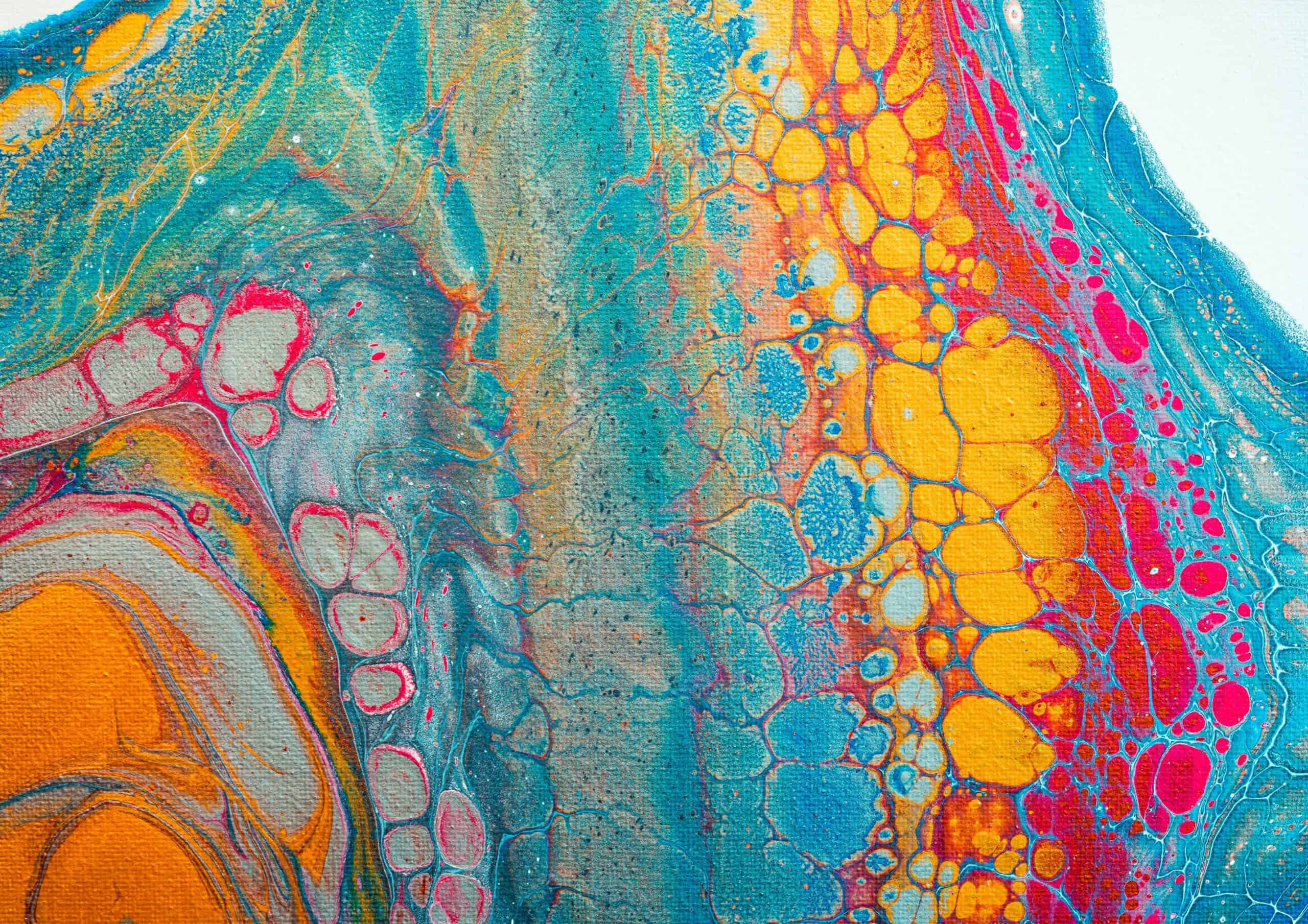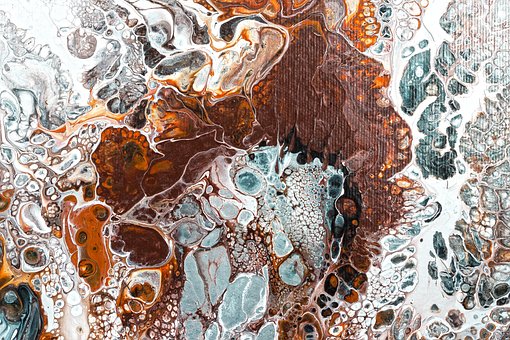How To Make Cells With Acrylic Paint
Have you ever wanted to explore painting with acrylics? It's a great medium for creating beautiful works of art. But did you know that it can also be used to create stunningly realistic cells? In this article, I'm going to show you the basics of how to make cells with acrylic paint.
As an experienced painter, let me assure you that making cells with acrylic paints is not as difficult or intimidating as it may seem at first glance. With just a few simple techniques and some practice, anyone can master the basics in no time. Plus, once you get the hang of it, there are almost limitless possibilities when it comes to experimenting and exploring your creative side!
So if you're ready to dive into the world of painting cells with acrylic paint, read on and follow my tips! You'll soon see why so many artists find this technique fascinating and rewarding — plus learn what supplies you need to get started right away.
Supplies Needed
If you're ready to create some amazing cells in your acrylic paintings, I'm here to help. The first thing you'll need is the right supplies. Paintbrushes of various sizes and shapes are essential for creating different types of cells. You'll also need a palette knife or an old credit card to scrape the paint on your canvas. And don't forget about the paints themselves! Acrylics have great pigment that will give your artwork a vibrant look. Finally, it's important to have quality canvases prepped and ready - they should be primed with gesso and sanded down before painting begins. With these supplies in hand, you can start preparing your canvas for painting.

Preparing The Canvas
When it comes to creating cells with acrylic paint, the first step is preparing your canvas. This is essential as a well-prepared surface will give you better results in terms of texture and vibrancy. To begin with, make sure that the canvas is clean by wiping off any dirt or dust particles. Next, apply an even layer of gesso - this will act as an absorbent base for the paint and help create more vibrant colors. Finally, use a dry brush to blend areas where you want cells to form; this will help ensure uniformity in their shape and size. With all these steps completed, your canvas should be ready for painting!
Blending Techniques
Now that the canvas is ready, let's move on to blending techniques. Blending acrylic paint can be a fun and creative way to add texture and color variations to your artwork. As an acrylic painting expert, I recommend using a wet brush when blending colors for smoother transitions between the hues. To achieve different levels of saturation between two or more colors, you can use both dry and wet brushes at the same time.
You may also find it helpful to start with lighter shades first and then gradually work up toward darker ones; this will help create depth in your piece. Additionally, if desired, you can further blend cells by gently swirling them while they are still wet or "scumbling" one color over another after it has dried.
All these methods combine to make beautiful multidimensional paintings! Now let's discuss some color mixing strategies.
Color Mixing Strategies
When it comes to creating beautiful acrylic paintings, color mixing is an essential skill. It's not as daunting as it may seem - with a few tips and tricks you can become confident in your ability to mix the perfect colors for any project. Here's what I recommend:
- Start by investing in quality paints that are opaque and lightfast. This will ensure vibrant results without fading over time.
- Use white paint sparingly – even just a small amount of white can drastically change the hue and tone of your desired color.
- Have fun experimenting with different combinations! Mixing two or more colors can yield unexpected yet stunning results.
- Keep all your mixtures labeled so you don't forget which combination created which effect.
Mixing colors takes practice but once mastered, you'll be able to create a wide range of hues for whatever subject matter you're painting. With these strategies at hand let’s move on to creating shapes and textures.

Creating Shapes And Textures
When it comes to creating cells with acrylic paint, I'm your go-to expert. You might be thinking, why is this process so difficult? Well, let me tell you a secret - it's not! With the right tools and techniques, you can create beautiful cells in no time at all.
Visual Representation | Emotional Response |
|---|---|
Cells under microscope | Fascination |
Artist brush | Creativity |
Palette knife | Experimentation |
Rulers & Squares | Precision |
Electric drill | Excitement |
Creating shapes and textures using acrylic paints requires precise skills and knowledge of different methods. The first step is to determine what type of cell design you want to achieve. Do you prefer bold lines or subtle details? Once you've determined that, select the proper tool for the job; a palette knife for broad strokes or an electric drill for intricate patterns. After selecting the appropriate tool, carefully draw out your desired shape on a paper template and use rulers and squares to ensure the accuracy of your design.
Before transferring it onto canvas, practice making similar shapes on scrap materials until you get a feel for how each technique works. Finally, when ready transfer the pattern onto the canvas while gently applying pressure as needed.
Now it’s time to move on to the finishing touches.
Finishing Touches
Once you have finished painting your cells with acrylic paint, it's time to add some finishing touches. The first thing I like to do is seal my work. This helps protect the colors from fading and will also make them look more vibrant. To do this, simply use a gloss or matte varnish depending on the desired effect.
Next, consider adding highlights or shadows for an extra dimension of depth to your cells. You can achieve this by using a lighter color than what was used in the base layer, or with white or black acrylic paints mixed together. Be sure to pay attention to details when doing this!
Finally, don't forget about framing your artwork if you plan to display it – otherwise, all that hard work could go unnoticed! Choose a frame that compliments the style of your piece and voila - you're ready to share your masterpiece with family and friends!

Conclusion
As an acrylic painting expert, I'm proud to say that creating cells with acrylic paint is a fun and rewarding experience. With the right supplies and techniques, you can create beautiful works of art that will be admired for years to come. It's amazing how much texture, shape, and color can be achieved with just a few brush strokes. It's estimated that over 95% of professional painters use acrylics when creating their artwork!
Acrylic paintings are also durable and easy to care for. If stored properly and kept away from direct sunlight or heat sources, your masterpiece will last for many years! Plus, if you ever need touch-ups or repairs during its life cycle, they’re fairly simple to do with some fresh paint and a steady hand.
So don't hesitate - to grab those brushes and get started on your unique cell painting today! With practice, patience, and dedication you'll soon have something phenomenal that makes people stop in their tracks as they admire your work. Acrylic painting may not be the easiest skill to master but it sure is worth the effort!






